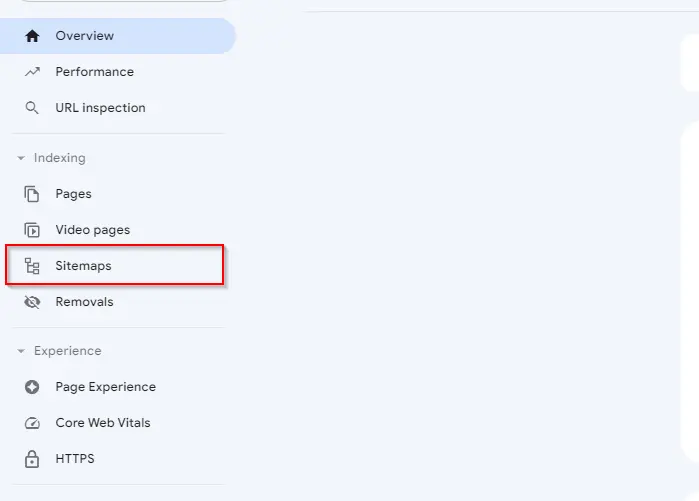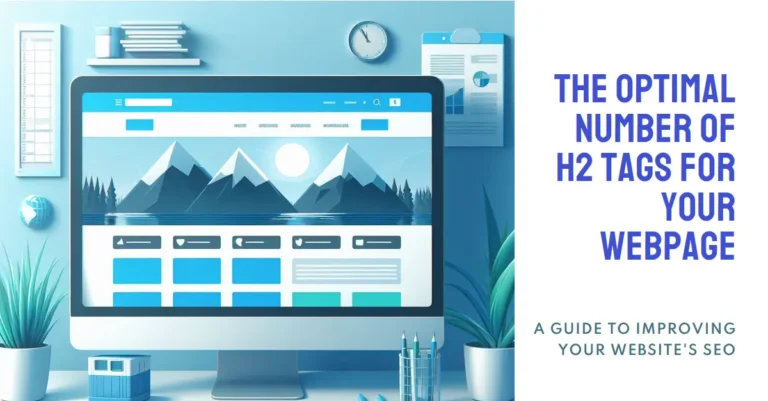Did you know that over 70% of websites lack a visible sitemap?
and especially when you are looking for a sitemap for other websites it can be a difficult task.
Well, We’ve got your back with tips and tricks on how to easily locate the sitemap of any website. Understanding this crucial aspect, including heading tags, can enhance navigation, boost SEO, and improve user experience.
Sitemap Formats
XML Sitemaps
XML sitemaps are like maps for search engines. They organize a website’s structure for easy reading. We need to submit XML sitemaps directly to search engines using webmaster tools.
- Structured format
- Direct submission
- Search engine optimization
HTML Sitemaps
HTML sitemaps are user-friendly guides to websites. Visitors can easily navigate through the site. It’s recommended to include a link in the footer or sidebar.
- User-friendly navigation
- Easy access
- Website structure
RSS and Atom
RSS and Atom feeds let users subscribe to updates from websites. These feeds can contain links to your sitemap, making it accessible. Ensure relevant information about your sitemap is included in the feed description.
- Subscription option
- Update notifications
- Enhanced accessibility
1. Common XML Sitemap Locations
To locate the sitemap of a website, you can begin by checking common locations such as ‘/sitemap.xml’ and ‘/sitemap_index.xml’ in the website’s root directory. These are the standard locations for XML sitemaps. However, it’s important to note that some websites may use variations in their sitemap URLs. For example, instead of ‘/sitemap.xml’, you might come across ‘/sitemap.php’ or ‘/sitemap1.xml’. Additionally, certain websites may have feeds like ‘/rss/’ that serve as sitemaps. So, keep an eye out for these variations as well.
When it comes to sitemap location best practices, it’s crucial to place the sitemap file in the root directory of the website. This ensures that search engines can easily find and access it. Moreover, using the standard file extensions like ‘.xml’ for sitemaps is recommended for compatibility purposes.
For an example I can find my website’s sitemap like this;

2. Another spot to check is the robots.txt file

If you want to quickly find the location of a website’s sitemap, one of the most common methods is to check the robots.txt file. This file serves as a directive for search engine crawlers on how to navigate and index a website.
It can contain a line that points to the sitemap location, usually indicated as ‘Sitemap: [sitemap URL]’. By checking the robots.txt file, you can easily obtain the sitemap URL and access it directly.
The robots.txt file plays a crucial role in sitemap discovery techniques. Search engines like Google follow the directives specified in the robots.txt file, including sitemap declarations. Therefore, it’s important to ensure that the sitemap URL is accurately specified in the robots.txt file for search engine crawlers to locate and index your sitemap effectively.
3. Online Tools for Finding Sitemaps
To find sitemap of another website you can use tools like SEOMator

If you want to generate a sitemap for your website the effective method involves utilizing SEO Plugins for digital marketing, especially if we operate on platforms like WordPress, Shopify, Joomla, or Squarespace. These plugins often come equipped with built-in functionality for generating sitemaps. Installing and configuring an SEO plugin supporting sitemaps helps optimize our website further by leveraging the features provided by these plugins.
4. CMS Platforms and Sitemaps
Different CMS platforms offer various solutions. In WordPress, plugins like Yoast SEO and All in One SEO Pack make generating sitemaps easy. By configuring these plugins correctly, we can ensure our sitemap is accurate.
Shopify simplifies the process by providing built-in support for creating XML sitemaps.
Navigating to the “Online Store” section in the admin dashboard allows us to access and customize our sitemap settings effortlessly. Keeping our Shopify sitemap up-to-date is crucial for optimal performance.
Joomla users can explore different extensions available to generate XML or HTML sitemaps tailored to their website’s needs. Browsing through Joomla extension directories helps us find suitable options that align with our requirements. Installing and setting up these extensions properly ensures an effective sitemap strategy.
Squarespace stands out by automatically generating XML sitemaps for all websites hosted on its platform. Accessing and submitting the generated sitemap through Squarespace settings is straightforward. Regularly updating and enabling our Squarespace-generated sitemap keeps everything running smoothly.
5. Using Webmaster Tools like Google Search Console

For your own site, We can rely on Webmaster Tools provided by search engines like Google and Bing. In Google Search Console, there is a dedicated section for managing sitemaps. We can easily submit our XML sitemap through the Sitemaps report in Search Console.
By regularly monitoring the indexing status of our sitemap in Google Search Console, we ensure that all important pages are being crawled and indexed correctly. If any issues arise during this process, we can use the tools available to troubleshoot and resolve them promptly. Moving on to Bing Webmaster Tools, similar functionalities exist for submitting XML sitemaps.
Adding and verifying our website in Bing Webmaster Tools grants us access to features like submitting XML sitemaps effortlessly. By checking the sitemaps report frequently within Bing’s platform, we verify that our website is being properly indexed by Bing’s search engine crawlers. This proactive approach helps us ensure that both major search engines have up-to-date information about our site structure and content organization.
It allows us to observe how other sites present their information for efficient navigation for users using website design, search engine robots, and website design.
6. Troubleshooting Sitemap Issues
We might encounter some common errors. Checking for broken links or incorrect file formats in our sitemap is crucial. We can use online validators or tools from webmaster platforms to identify and fix these issues easily.
Regularly monitoring and updating our sitemap is essential to avoid any potential problems. By staying proactive in maintaining our sitemap, we ensure that search engines can crawl through our website efficiently. This helps improve our site’s visibility and ranking on search engine results pages.
- Common Errors:
- Check for broken links
- Verify correct file formats
- Use online validators
- Verification Methods:
- HTML file upload
- DNS record verification
- Meta tag verification
Different webmaster tools offer various verification methods like HTML file upload, DNS records, or meta tag verifications. Choosing the most convenient method for verifying ownership of our website is key. Once verified, we gain access to advanced features such as sitemap submission and monitoring.
7. Final Remarks
We found cool ways to find sitemaps online. We learned about different types of sitemaps and tools like Google search to help us. Now, we can explore the web better! Let’s use what we know to help ourselves and others online. The internet is big, but together, we can figure out any sitemap.










